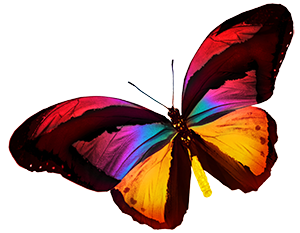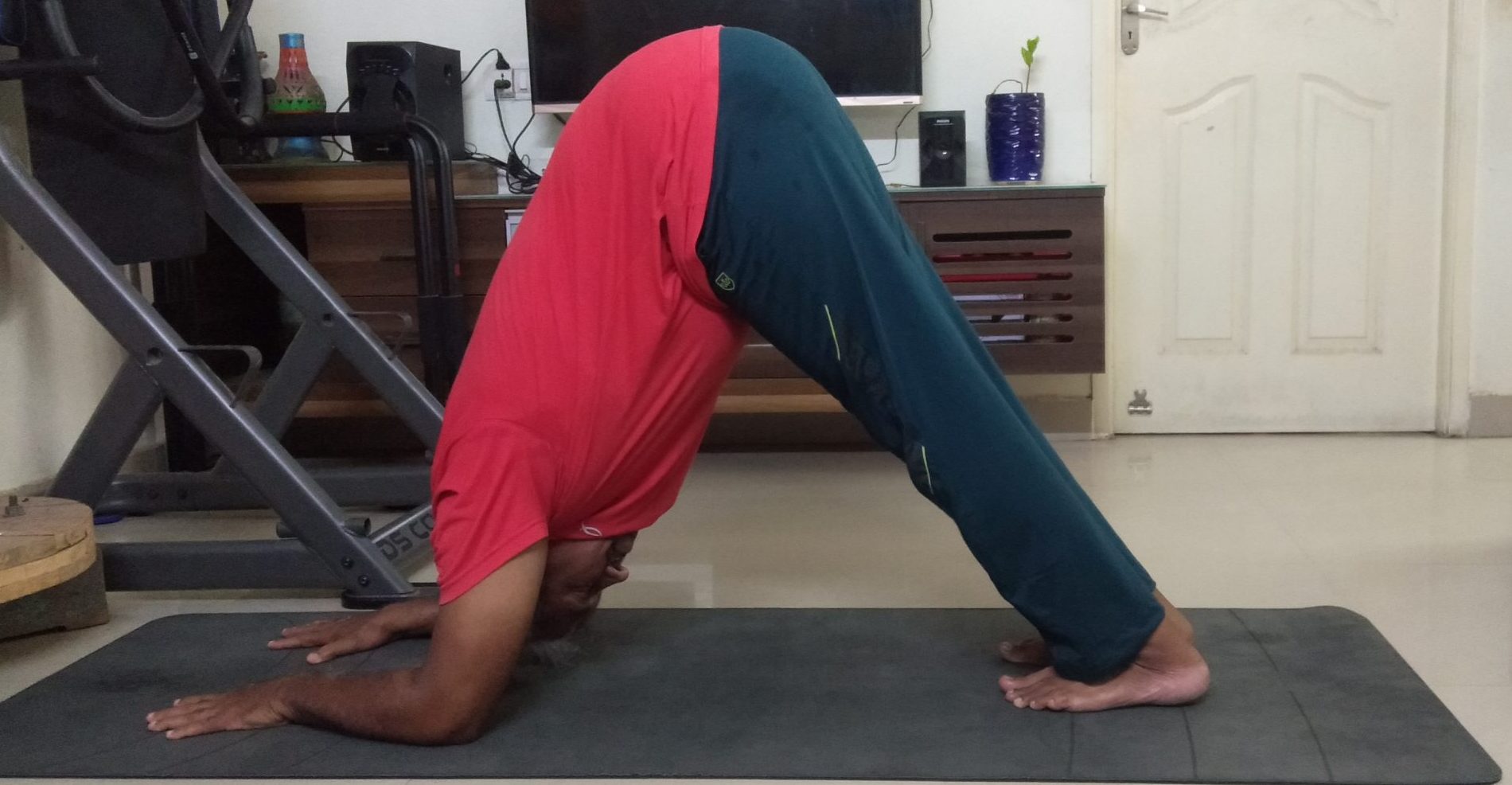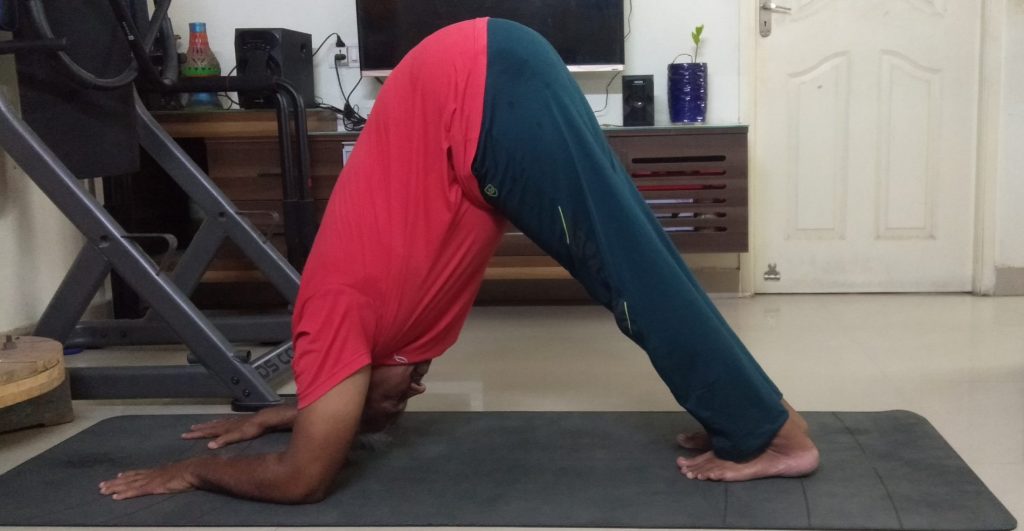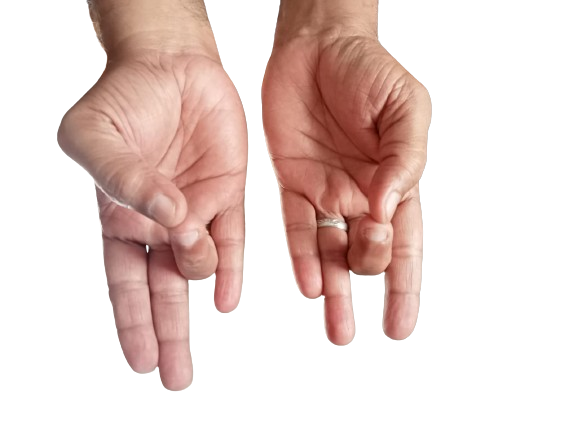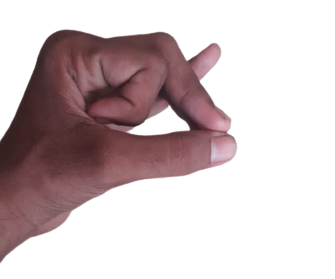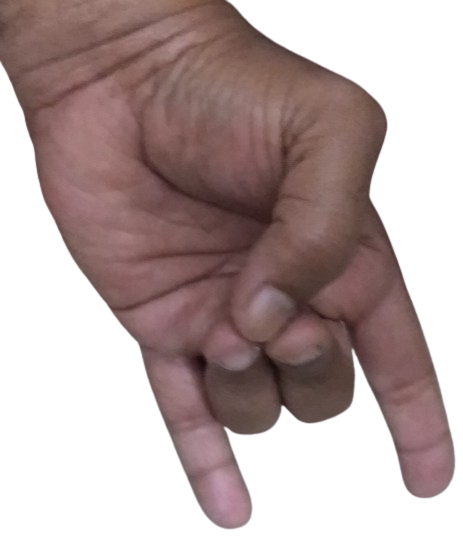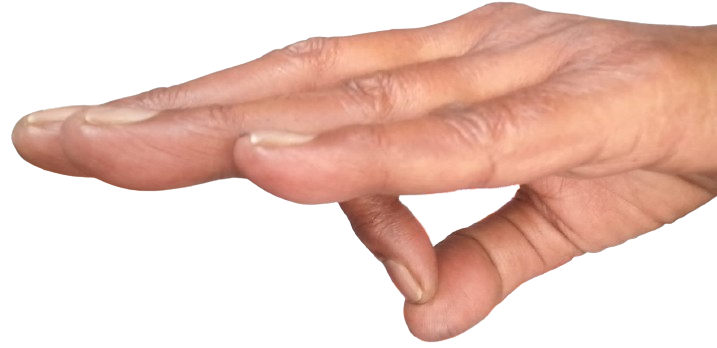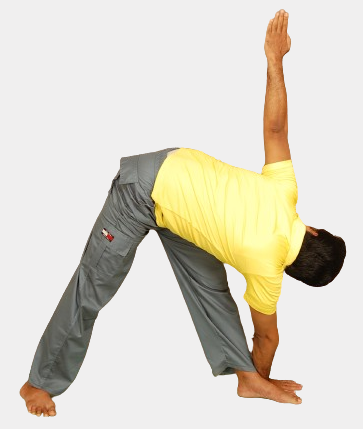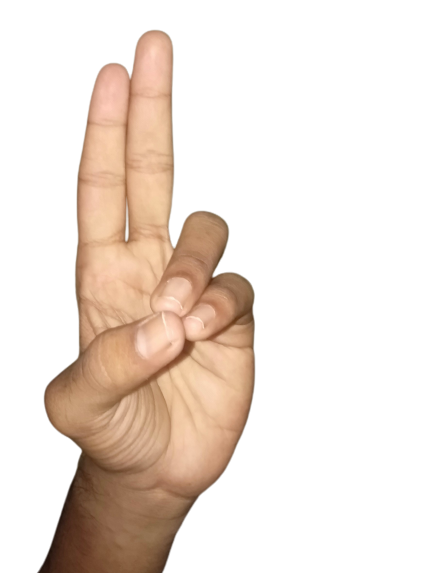We have covered the benefits and how-to-do of Downward Facing Dog Pose in one of our earlier posts. Dolphin Pose can be called a variation of Downward Facing Dog Pose. In Sanskrit, 'ardha' means 'half', 'pincha' means 'feather' and 'mayura' means 'peacock'. When translated straight it would mean half feather peacock pose. This pose is called Dolphin Pose in Sanskrit.
Most of the benefits of Downward Facing Dog Pose can be achieved with the practice of Dolphin Pose. This pose is highly energizing as it stimulates sahasrara, ajna, visuddhi, anahata and manipura chakras and boosts their performance. Practicing yoga poses is a great way to stimulate chakras and maintain optimum health. In the coming days we will have a detailed study on the chakras and their functions.
To check the benefits of Downward Facing Dog Pose, visit this page.
Other Benefits of Dolphin Pose
- Strengthens lungs
- Stretches and strengthens legs
- Stretches the shoulders and spine
- The pose stimulates functions of abdominal organs.
- Improves digestion
- Arms get strengthened.
- Practicing the pose helps to relieve headache.
- Cures back pain
- Aids in curing sciatic pain
- Relieves joint conditions
- Practicing this pose from an early age helps to cure flat feet
- Relieves discomfort associated with menopause
- Boosts memory power
- Improves focus
- Relieves fatigue
- Practicing the pose helps to relieve stress.
- Calms the mind
Instructions
- Go on fours. Your wrists should be aligned to your shoulders and your knees aligned to your hips.
- Bend your forearms and place them on the floor.
- Exhale as you place your feet on the floor and raise your hips high. Your legs should be completely stretched.
- Let the head hang between your upper arms.
- Hold the pose for 30 seconds.
- To release the pose, lower your hips, lift your forearms off the floor and place your knees on the floor.
Note
In case of difficulty in stretching the legs, you can practice the pose with knees bent. As you advance in practice, you will be able to master the pose with perfection.
Those with chronic conditions in spine, back, shoulders and hands should refrain from practicing the pose. The pose is also not recommended to those with high blood pressure and severe eye diseases.
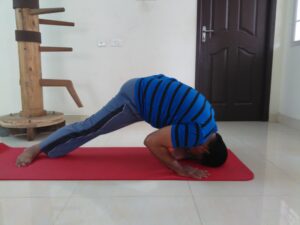
Yoga Pose for Day 58 - Virya Stambhan Pose (Virya Stambhan Asana)
'Virya' in Sanskrit means 'strength' and 'stambhan' refers to spinal cord. The pose strengthens spinal cord and hence the name. 'Virya' also means 'semen'. Practicing Virya Stambhan Pose improves semen production.
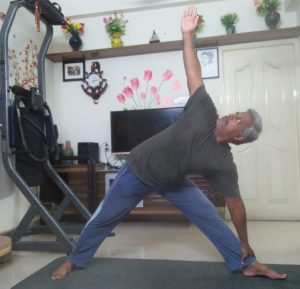
Yoga Pose for Day 56 - Extended Triangle Pose (Uthita Trikonasana)
Our earlier posts were about Half Triangle Pose, Triangle Pose and Revolved Triangle Pose. In today's post we will be covering Extended Triangle Pose.
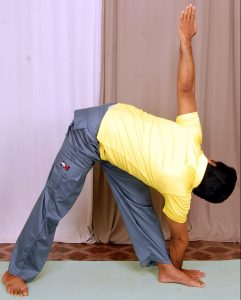
Yoga Pose for Day 55 - Revolved Triangle Pose (Parivrtta Trikonasana)
'Parivrtta' in Sanskrit means 'revolved', 'tri' means 'three' and 'kona' means 'angle'. Since the practitioner revolves around in the opposite direction, the pose is called Revolved Triangle Pose. It is called Parivrtta Trikonasana in Sanskrit.
